A non-conducting spherical shell of radius R surrounds a point charge q (q at center). The electric flux through a cap of the shell of half angle θ is:
2πqθ∈0
q2∈0(1−cosθ)
q(2θ)4π∈0
qθ2π∈0
The correct Answer is:B
To find the electric flux through a cap of a non-conducting spherical shell of radius R that surrounds a point charge q located at its center, we can follow these steps:
Step 1: Understand the Geometry
The spherical shell has a radius R and the point charge q is at the center. The cap of the shell is defined by a half-angle θ.
Step 2: Calculate the Total Surface Area of the Sphere
The total surface area A of a sphere is given by:
A=4πR2
Step 3: Determine the Area of the Cap
The area of the cap can be calculated using the formula for the area of a spherical cap:
Acap=2πR2(1−cosθ)
This formula arises from integrating the area of infinitesimal circular strips that make up the cap.
Step 4: Calculate the Electric Field at the Surface
The electric field E due to a point charge q at a distance R from the charge (on the surface of the shell) is given by:
E=q4πϵ0R2
where ϵ0 is the permittivity of free space.
Step 5: Calculate the Electric Flux through the Cap
The electric flux Φ through the cap is given by the product of the electric field and the area of the cap:
Φ=E⋅Acap=(q4πϵ0R2)⋅(2πR2(1−cosθ))
Step 6: Simplify the Expression
Substituting the expressions for E and Acap into the flux equation:
Φ=q4πϵ0R2⋅2πR2(1−cosθ)
This simplifies to:
Φ=q2ϵ0(1−cosθ)
Final Answer
Thus, the electric flux through the cap of the shell of half-angle θ is:
Φ=q2ϵ0(1−cosθ)
The spherical shell has a radius R and the point charge q is at the center. The cap of the shell is defined by a half-angle θ.
The total surface area A of a sphere is given by:
A=4πR2
The area of the cap can be calculated using the formula for the area of a spherical cap:
Acap=2πR2(1−cosθ)
This formula arises from integrating the area of infinitesimal circular strips that make up the cap.
The electric field E due to a point charge q at a distance R from the charge (on the surface of the shell) is given by:
E=q4πϵ0R2
where ϵ0 is the permittivity of free space.
The electric flux Φ through the cap is given by the product of the electric field and the area of the cap:
Φ=E⋅Acap=(q4πϵ0R2)⋅(2πR2(1−cosθ))
Substituting the expressions for E and Acap into the flux equation:
Φ=q4πϵ0R2⋅2πR2(1−cosθ)
This simplifies to:
Φ=q2ϵ0(1−cosθ)
Thus, the electric flux through the cap of the shell of half-angle θ is:
Φ=q2ϵ0(1−cosθ)
Similar Questions
A point charge q is placed at a distance d from centre of a uniformly charged conducting spherical shell of radius R and having charge Q as shown. Magnitude of electric field intensity at point P just inside the shell due to charge on shell is
View SolutionA point charge Q is placed inside a conducting spherical shell of inner radius 3R and outer radius 5R at a distance R from the centre of the shell. The electric potential at the centre of the shell will be
View Solution
Knowledge Check
A spherical shell of radius R has a charge +q units. The electric field due to the shell at a point
Ainside is zero and varies as r−1 outside itBinside is constant and varies as r−2Cinside is zero and varies as r−2 outside itDinside is constant and varies as r−1 outside itA point charge q is placed at a point on the axis of a non-conducting circular plate of radius r at a distance R(>>r) from its center. The electric flux associated with the plate is
Aqr24πε0R2Bqr24ε0R2CqR24ε0r2Dq4ε0A uniformly charged non-conducting spherical shell is given +q charge and a point charge -q is placed as shown. The electric field lines will be
 A
A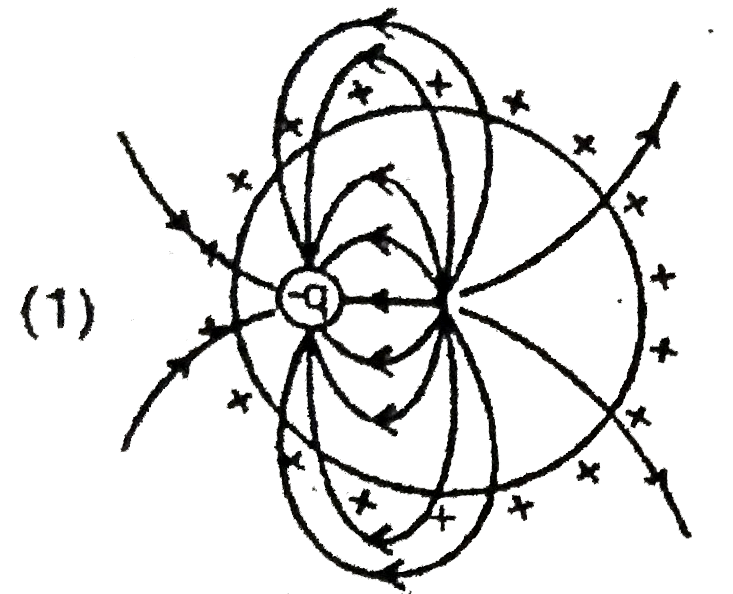 B
B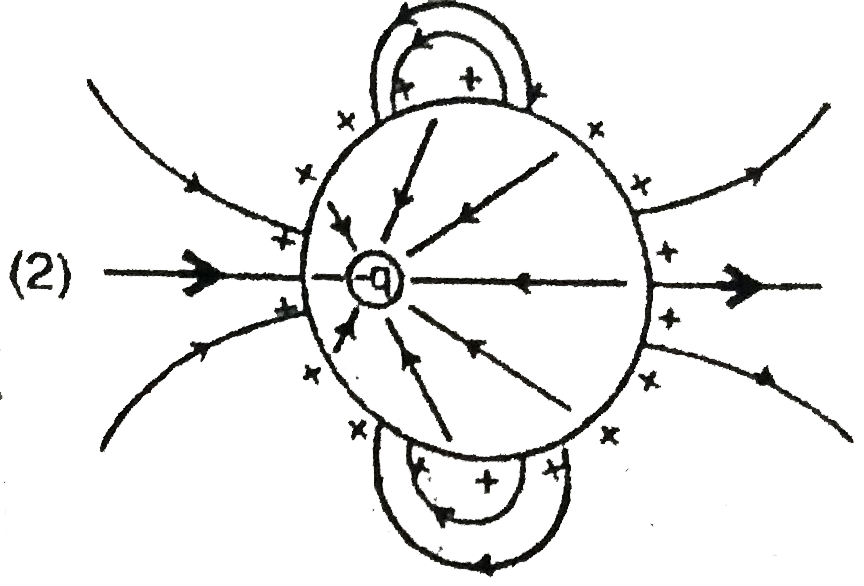 C
C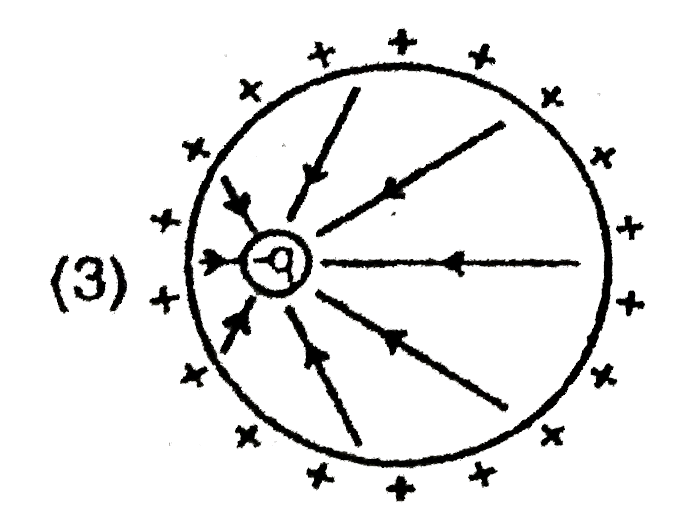 D
D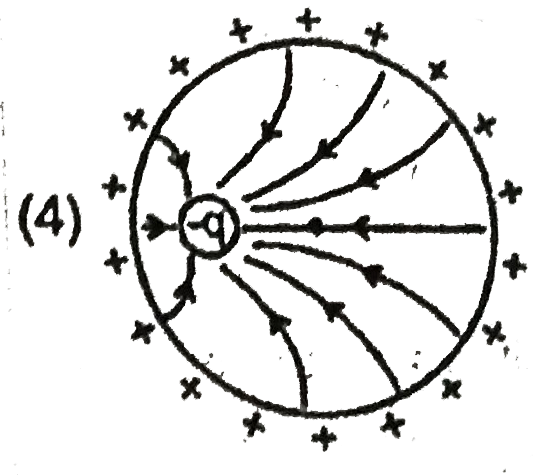
A point charge +q is placed at the centre of a conducting spherical shell of inner radius a and outer radius b. Find the charge appearing on the inner and outer surface of the shell.
View SolutionA spherical shell of radius R carries a uniformly distributed charge q. The electrical forces arising cause the ex-pansion of the shell. Find the mechanical stress in the shell.
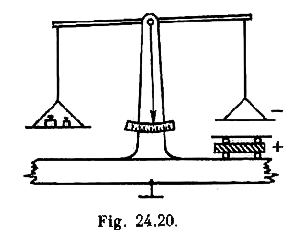
View SolutionA conducting shell of radius R carries charge −Q. A point charge +Q is placed at the centre. The electric field E varies with distance r (from the centre of the shell) as
View SolutionA thin non-conducting hemispherical shell contains a positive charge q on it, which uniformly distributed on the shell. A point P lies on the diameter of shell as show in figure. Then the direction of electric field at the point 'P' is
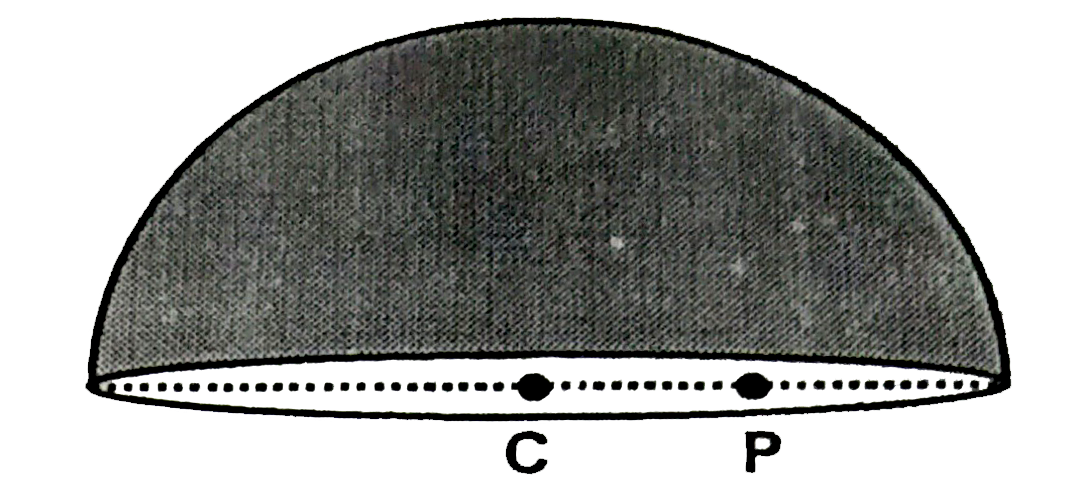
View SolutionA point charge q is placed inside a conducting spherical shell of inner radius 2R and outer radius 3R at a distance of R fro the centre of the shell. The electric potential at the centre of shell will (potential at infinity is zero).
View Solution
